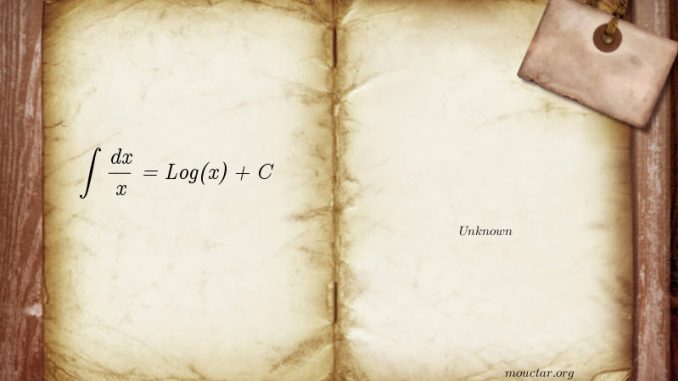
FACTORING:
Factoring is another step we must refresh to be able to simplify and solve equations.
Simply put, if we cannot factor, chances are that we cannot simplify.
For a giving number, we have to find the prime factors. That brings the short topic of prime numbers:
Prime numbers:
A prime number is number that has only 2 factors: itself and the number 1. The number 1 is not a prime number.
2, 3, 5, 7, 11, 13, 17, 19, 23 and so on, are all prime numbers.
Another factoring aspect is to be able to handle exponents. We briefly refresh our knowledge of exponents in the following paragraph.
Introducing exponents:
Exponents are the shorthand of multiplying a number by itself.
Using exponents is called “raising to the power”.
Example: 2x2x2=8. We can simplify this by raising 2 to the third power. We note ![]()
Since we had to multiply 2 x 2 x 2 (here we have 3 factors of the same number 2), we can say that 2 to the power of 3 is equal to 8.
The 2 is called the base and the 3 is called the exponent.
Now if we had to factor 48 to its prime factors, we could use steps.
48= 48 x 1
48=24 x 2 x 1
48=12 x 2 x 2 x 1
48=6 x 2 x 2 x 2 x 1
48=3 x 2 x 2 x 2 x 2 x1
The number appears 4 times. So finally:
![]()
Now back to the factors:
Factors:
Factors are integers that are multiplied to give a product. A factor is an integer that divides another integer evenly, with no remainder. 3 and 5 are factors of 15 because 3 times 5= 15.
Factoring is the process of finding a number’s factors.
Factoring helps break the numbers into a product of prime factors.
![]()
Greatest Common Divisor (GCD):
Greatest Common factor (GCF) or Highest Common Factor (HCF).
The GCD of two or more non-zero integers is the highest positive integer that divides them without a remainder.
-To find the GCD of 2 or more non-zero integers, we have to factor them to their prime factors and then multiply the factors common to all of them only, each taken with the smallest exponent.
Find GCD of 100 and 54:
![]()
![]()
Only the factor of 2 is common. The smallest exponent is 1. So the ![]()
![]() .
.
Least Common Multiple
The least common multiple, also called the lowest common multiple or smallest common multiple, of two or more non-zero integers (LCM), is the smallest positive integer that is a multiple of all of them.
In fractions, it is called the “lowest common denominator”. This is a useful number for adding and subtracting fractions.
The LCM of 2 and 3 is noted LCM (2, 3).
-To find the LCM of 2 or more non-zero integers, we have to factor them to their prime factors and then multiply the factors common or non-common, each taken with the greatest exponent.
Find LCM of 100 and 54:
![]()
![]()
![]()
![]() .
.


Be the first to comment